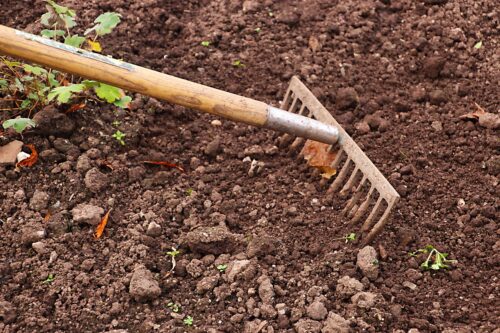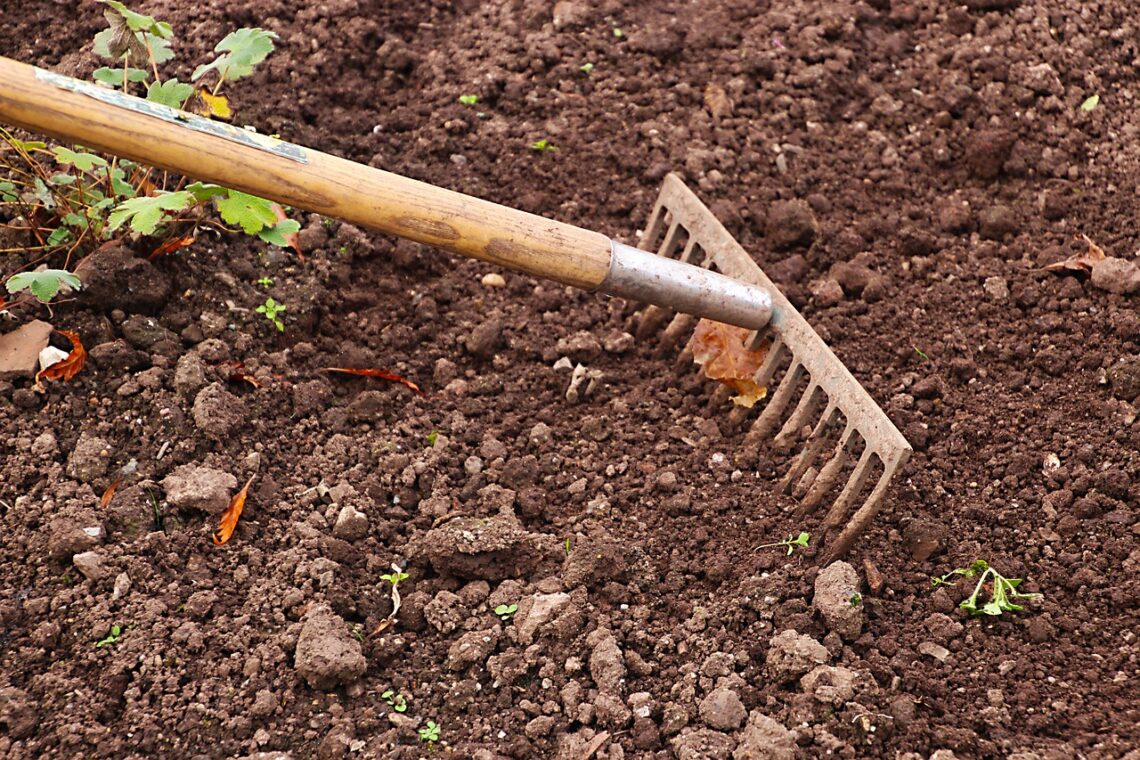Follow these easy Hacks to Make Your Soil Acidic for lush, beautiful blooms and foliage that thrive and prefer acidic soil.
Are you looking for simple Hacks to make soil acidic? Then, check out the easy tricks for adjusting soil conditions according to the preference of plants in your garden.
Plants That Love More Acidic Soil

The perfect soil pH for most plants and turf grasses is 6.5, which is slightly acidic. The pH scale starts from 0-14; a lower number is considered acidic, while the higher ones are alkaline. Keeping the correct pH level is necessary for a plant’s capability to soak up the nutrients it requires from the soil. There are plants that need more acidic soil to flourish. Have a look below at plants that prefer acidic soil.
Trees:
Pine oak
Willow Oak
Dogwood
Beech
Magnolia
Most evergreen trees
Shrubs:
Gardenia
Holly
Azalea
Rhododendron
Fothergilla
Bottlebrush
Most evergreen shrubs
Flowers
Japanese pachysandra
Bleeding Heart
Oakleaf Hydrangea
Bunchberry
Heath
Flossflower
Vegetables
Rhubarb
Peppers
Sweet Potatoes
Potatoes
Fruits
Cranberries
Blueberries
Currants
Gooseberries
Elderberries
Hacks to Make Your Soil Acidic

Plants that favor a more acidic soil than they planted in will usually show this by developing iron chlorosis. If this issue arises, you need to add a soil amendment or a supplement for acid with a fertilizer. Before trying to add any soil amendment, do a soil test to find the type and amount of soil amendment needed.
1. Add Manure to the Soil
Adding manure is a great way to make the soil acidic; it not only lowers the pH but also offers other essential components, improves soil texture, makes it porous, and adds good insects and microorganisms. Though, it can be a slow process.
2. Add Sulphur to the Soil
Add sulfur a year before planting as needed, and take some time to reduce the soil pH. It lasts for many years; apply it during summer or fall before spring, digging it deep into the soil.
It will not work around the existing plant. Also, a soil test is done to find how much sulfur is needed to reach the required pH.
3. Add a Mulch of Cottonseed Meal
Cottonseed meal is a byproduct of the cotton industry, it can be a great choice if you belong to a cotton-producing region. Also, if you have an organic garden make sure cottonseed meal is coming from an organic farm.
4. Wood Chips
Wood chips are another great option that acidifies the soil but do remember they can remove nitrogen from the soil while decomposing. To manage this, combine them with a strong dose of compost, which will keep the soil nourished while changing the pH of your soil.
5. Use Vinegar/Lemon
Water the acid-loving plants in pots or containers with acidifying liquid feed, and add lemon juice, vinegar, and other acid liquids in moderate amounts. For example, mix 1 cup of vinegar with 1-gallon water.
6. Coffee Grounds
Coffee grounds can also temporarily assist the acidity of the soil when you directly apply them. You can add coffee grounds to the compost as well. Follow this guide on the correct use of coffee grounds here.
7. Leaf Mold
If you have access to oak trees, leaf mold is a great idea to begin. Oak leaves are best for adding a fraction of acidity to the soil. You will have a fresh supply of ingredients every fall. Simply pile up several leaves in the compost pile, make them wet, and allow them to sit for two years or so.
Apply this mulch around your plants; the effect will be slow, but it will adjust the pH level of your soil.
8. Make or Buy Ericaceous Compost
If you want to make the soil more acidic, then buy or make ericaceous compost. You can encourage the acidity of homemade compost by adding materials like sawdust, onions, coffee grounds, wood chips, pine needles, oak leaves, vinegar, or citrus fruit.
9. Apply a Mulch of Pine Needles
Add a mulch of pine needles around acid-loving plants and adjust the pH of the soil. They break down gently and slowly acidify the soil. Gather the good material from under pine trees.
10. Sphagnum Peat Moss
It is a popular choice for making the soil more acidic, as the pH of peat moss typically ranges from 3 to 4.5, which helps acidify the soil. Add it before planting acid-loving plants or apply 2 3 inches to the deep layer around existing plants.
11. Use Acidic Fertilizer
It will not be a good idea to amend the soil if your acid-loving and non-acid plants are not isolated. In such a case, it will be better to use acidic fertilizer on the plants that need it. Use water-soluble products and start with mild solutions.
12. Add Iron Sulfate
Iron sulfate drops pH but needs a larger volume to achieve results similar to those of sulfur. It gives faster results than sulfur in just 3 or 4 weeks, but in moderate quantity, as overuse can damage the plants. You can dig it up in the soil as a powder or water over foliage for absorption.



